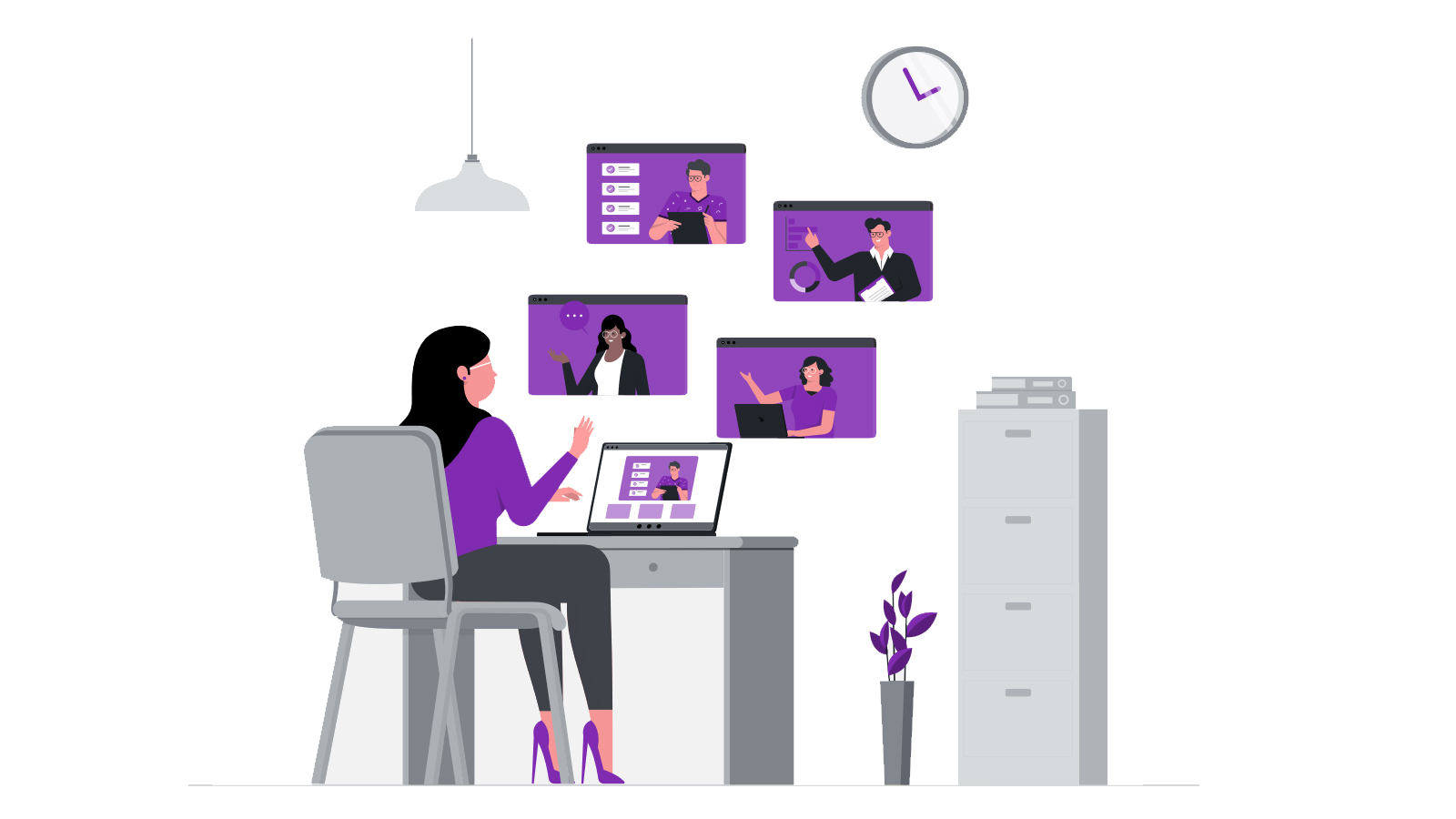What is the LeSS Agile Framework?
The LeSS Agile Framework is a scaled-up type of the usual one-team Scrum framework. It is a method for scaling scrum for many teams working together on one product. The abbreviation, LeSS stands for Large Scale Scrum.
This framework tries to use the principles of scrum in a large-scale firm easily using defined rules. It's quite a simple framework and is often looked at as 'barely sufficient.
The Scrum framework as we know it splits work into teams and each teamwork on a few projects at a time. This is done in sprints, where each sprint consists of a few increments. The method is ideal for small teams. However, the LeSS framework tries to scale this to a larger group of teams working on the same product. There are some other frameworks which also aim to do the same.
Origins
Well known agile authors, Jeff Sutherland and Ken Schwaber defined the working of a single scrum team in the Scrum Guide. In 2005, Craig Larman and Bas Vodde further refined this technique to apply to larger teams. While working at Nokia Siemens Networks, where a very large number of people were working on the same product, they came up with the LeSS framework.
The framework was meant to deliver value as well as reduce complexity and waste in the process. Since its inception, the LeSS framework is often used when there's more than one team working on a product.

Principles of the LeSS Agile Framework
LeSS agile framework has 10 principles defined as follows:
- Large-Scale Scrum is Scrum
The Scrum process itself is scaled in LeSS, without adding extra artifacts. - Systems Thinking
Everyone across the organization thinks about what is happening, not just the makers. Decision makers can avoid mistakes by using this. - More with LeSS
The structure is simpler. Now, the focus is on responsibility and ownership instead of roles and processes. - Lean Thinking
There isan effort to remove all the waste in the process and keep only necessary components. - Transparency
When everything is clear, it is easier to address and solve issues. - Empirical Process Control
LeSS encourages you to create features fast and adapt it as necessary based on feedback. - Customer Centric
Even after scaling, the customer's needs are the focus. - Continuous improvement towards perfection
This shows that it's okay to not be perfect from the get-go but always strive to get there. It also encourages one to keep in mind that there can always be something better. - Queueing theory
Queueing theory aims to eliminate queues and effectively manage the ones which can't be eliminated. For example, the product and sprint backlogs are queues. Only necessary components are to be kept. - Whole Product Focus
Each team is to keep the whole product in focus when working. They are not to focus on just their component and ignore the rest of it.
Roles and Responsibilities in LeSS
In LeSS, you do not find product or program managers. Instead, these responsibilities are given to Product Owners and the feature teams. These Feature teams work on the development, and are comparable to product teams.
The members of the feature teams work together and create end-to-end customer-centric features. They do not just work on some components or layers. The members of the team are self-managing and cross-functional. A Scrum master looks over the feature team, and can look over up to 3 teams. The Product Owner and Product backlog are common across all feature teams.
In the LeSS agile framework, the Product Owner and Feature teams are actually peers. The Product Owner connects the team to the customers. However, they don't have to be an intermediary in the process and focus more on customer discovery.
Two LeSS frameworks - LeSS Huge vs Basic LeSS
The LeSS agile framework has two ways of working. First, the Basic LeSS configuration for two to eight teams (usually 10-50 people). The second is for more than eight teams (50-6000+ people usually). LeSS Huge works on the same basic principles of Basic LeSS we've described above.
However, in LeSS Huge, the role of the 'Area Product Owner' is added. The Area Product Owner/ APO focuses on a single requirement area. There could be two or more of these APOs and along with the main Product Owner, they make up the Product Owner Team. There could also be additional Project Managers based on size and need.
Differences between the LeSS agile framework and traditional Scrum
Large Scale Scrum, LeSS, is a scaled-up form of the traditional Scrum method. But, there are some differences between the two. For instance,
- In traditional Scrum, each team has a backlog based on its own responsibilities. But in LeSS, there's one common Product Backlog. All teams then work on a common sprint, with their focus on the product.
- 'Done' is defined in the same way across the product group rather than each team having its own definition.
- The process includes an overall retrospective unlike the agile retrospective in one-team scrum.





 Entrepreneurship
Entrepreneurship









